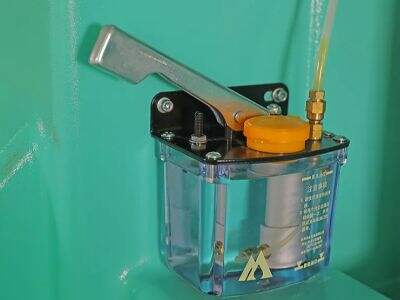Embroidery Machines are special machines used to create patterns and designs on textiles. What I'm talking about here are the machines’ motors. The motor assist to bring the needle and thread very precise. There are two general types of motors in an embroidery machine: servo motors and stepper motors. Each has its own strengths, however, so let’s consider their differences.
Servo Motors vs Stepper Motors in Embroidery
Both servo motors and stepper motors assist in regulating the needle and fabric motion of embroidery machines. Servo motors have to be precise. This machinery makes them good for fine detailed decorative designs. Stepper motors, on the other hand, are inexpensive and easy, which is why beginners or skint people should opt for them.
Why Servo Motors are Ideal for Embroidery?
Why do so many people use servo motors in embroidery machines? These motors provide feedback to regulate the position of the needle so that every stitch is perfect. This accuracy is crucial for intricate patterns designs or soft fabrics. A small error can spell a mess in the final product.
Why Stepper Motors Are Used In Embroidery?
While servo motors are more accurate, stepper motors have their own advantages which are why they are so popular in the embroidery industry. Stepper motors move in steps, so there can controlled and programmed relatively simply. This is an excellent option for beginners or hobbyists that don’t require the same precision as professional embroiderers.
The Selection of Servo Motors and Stepper Motors for Embroidery Machines
Consider your needs and budget when choosing between servo and stepper motors for your embroidery machine. If you require very high precision on detailed designs, a servo motor might be more appropriate for your embroidery machine. But if you are just getting started or doing relatively simple projects, sometimes a stepper motor will work just fine.


